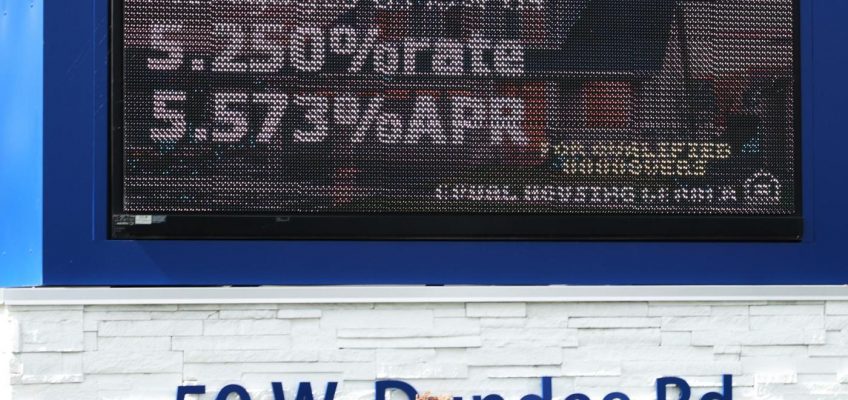By ALEX VEIGA, AP Business Writer
MCLEAN, Va. (AP) — The average rate on a 30-year U.S. mortgage ticked up this week, ending a four-week slide that brought down borrowing costs for homebuyers to the lowest level in nearly a year.
Related Articles
US home sales remained sluggish in August despite late-summer mortgage rate slide
How to negotiate commissions with your real estate agent
A big Realtors settlement could have led to lower agent commissions. They haven’t changed
Developers say on-again, off-again tariffs are making it difficult to predict prices and kick off projects
Compass to buy rival brokerage operator Anywhere Real Estate for about $1.5 billion
The rate rose to 6.3% from 6.26% last week, mortgage buyer Freddie Mac said Thursday. A year ago, the rate averaged 6.08%.
Borrowing costs on 15-year fixed-rate mortgages, popular with homeowners refinancing their home loans, also edged higher. The average rate rose to 5.49% from 5.41% last week. A year ago, it was 5.16%, Freddie Mac said.
Mortgage rates are influenced by several factors, from the Federal Reserve’s interest rate policy decisions to bond market investors’ expectations for the economy and inflation. They generally follow the trajectory of the 10-year Treasury yield, which lenders use as a guide to pricing home loans. The yield was at 4.19% in midday trading Thursday, up from 4.16% late Wednesday.
Starting in late July, mortgage rates mostly declined in the lead-up to the Federal Reserve’s widely anticipated decision last week to cut its main interest rate for the first time in a year amid growing concern over the U.S. job market.
The recent downward trend bodes well for prospective homebuyers who have been held back by stubbornly high home financing costs.
The housing market has been in a slump since 2022, when mortgage rates began climbing from historic lows. Sales of previously occupied U.S. homes sank last year to their lowest level in nearly 30 years. And, so far this year, sales are running below where they were at this time in 2024.
This week’s rise in rates could signal a repeat of what happened about a year ago after the Fed cut its benchmark rate for the first time in more than four years. Back then, mortgage rates fell for several weeks prior to the when the Fed cut rates at its September 2024 policy meeting. In the weeks that followed, however, mortgage rates began rising again, eventually reaching just above 7% in mid-January.
Like last year, the Fed’s rate cut doesn’t necessarily mean mortgage rates will keep declining, even as the central bank signals more cuts ahead.


Leave a Reply